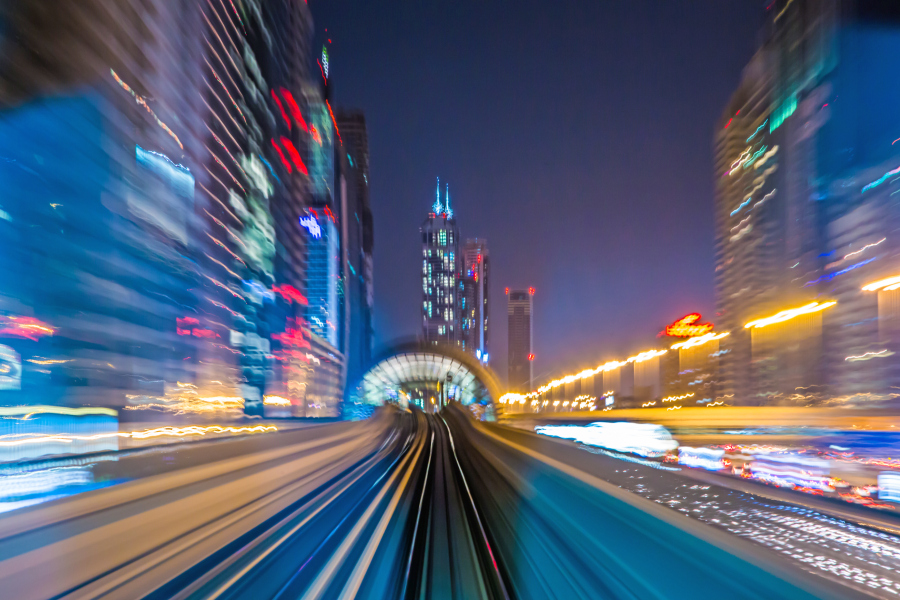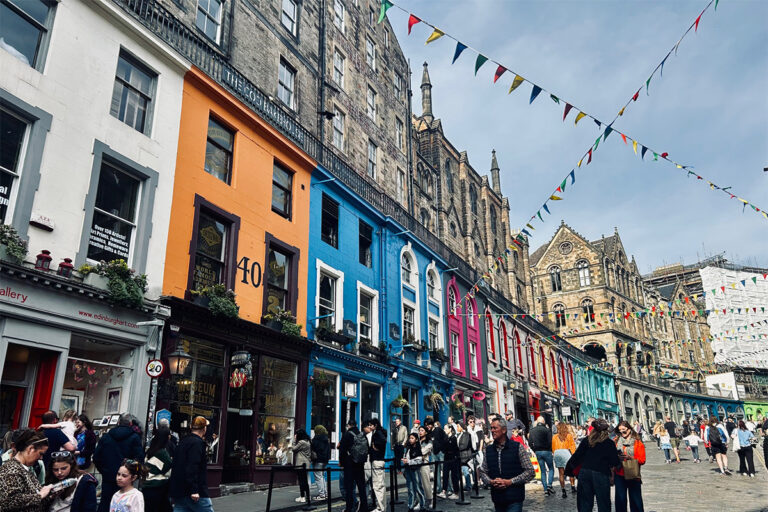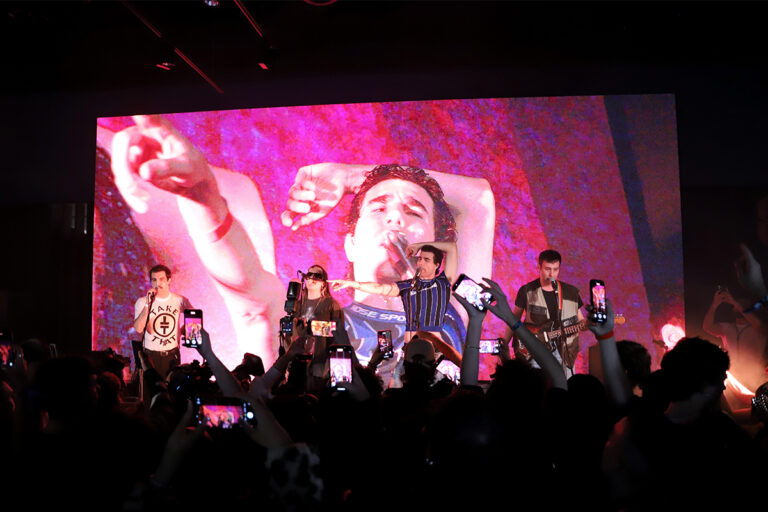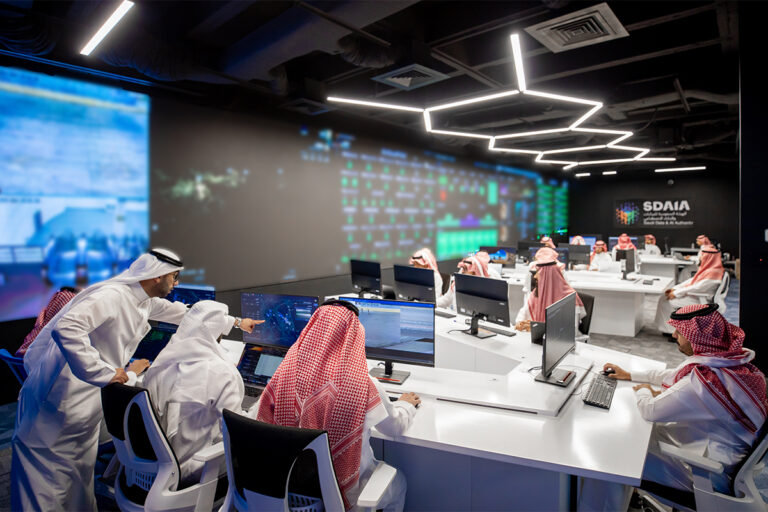
In Dubai, the Roads and Transport Authority (RTA) has installed Smart Pedestrian Signals in 15 busy locations across the city.
Based on a network of ground sensors and optical devices, the system detects when pedestrians are waiting and turns the lights on for as long as they need to cross the road.
“We have developed a strategic roadmap for AI.”
HE Mattar Al Tayer, DG and Chairman of the Board of Executive Directors, RTA
When no large numbers of pedestrians are waiting, the lights stay off and traffic flows freely. The AI underpinning the signals is so advanced that it can even identify when senior citizens and people with strollers or suitcases are waiting, giving them more time to cross.
“The system uses AI to perceive pedestrian movement on the pavement and on the pedestrian crossing,” says HE Mattar Al Tayer, DG and chairman of the board of Dubai’s Roads and Transport Authority (RTA). It automatically readjusts the remaining time based on the inputs. Thanks to AI, we can ensure a safe crossing for the largest possible number of pedestrians in a smooth manner without impacting the movement of vehicles.”
Road traffic management is not the only area in which RTA is using AI to transform transport in Dubai. In the Dubai Metro, the technology works out the intervals between journeys, measures the distance between rolling stock, and automatically realigns the time between trains in the event of breakdowns or delays in scheduled journeys.
In the city’s buses, the RTA is testing an AI device that monitors drivers for any indicators of fatigue or illness, while in the skies the authority’s drones are using AI to monitor traffic and detect accidents and other emergencies.
“AI has a major role to play in achieving the RTA’s vision of safe and smooth transport for all,” Al Tayer adds![]()
As published in TIME magazine









